I was hoping you guys could point me to some beginners guides on what to edit in photos. I don't need advice on how to edit, like using Gimp, there are lots of guides I have access to........ But what exactly are good things to edit.
For some background, I like to backpack in the woods and mountains, and I like to take lots of pictures, edit them, through them up in a forum. My camera is a FujiFilm F850EXR, I reduce all photos to 750x550px.
I imagine taking the photo properly has a lot to do with this subject. I always read that lighting is good, but I can basically never choose my lighting, only the time of day, so I am always playing with f-stop, Iso, and shutter speed. Any good guides on that would be welcome.
Note: I tried finding the right area to post this in, let me know if there is a better one.
For some background, I like to backpack in the woods and mountains, and I like to take lots of pictures, edit them, through them up in a forum. My camera is a FujiFilm F850EXR, I reduce all photos to 750x550px.
I imagine taking the photo properly has a lot to do with this subject. I always read that lighting is good, but I can basically never choose my lighting, only the time of day, so I am always playing with f-stop, Iso, and shutter speed. Any good guides on that would be welcome.
Note: I tried finding the right area to post this in, let me know if there is a better one.


![[No title]](/data/xfmg/thumbnail/42/42455-61fb2cf2ac4f6de557a508b2195fc822.jpg?1619740191)
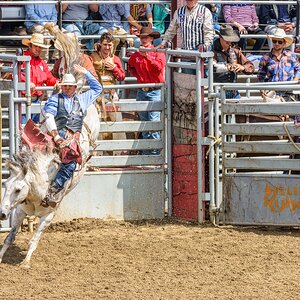

![[No title]](/data/xfmg/thumbnail/31/31035-96228fec87f6f8e8b5f3db4e93e99189.jpg?1619734580)
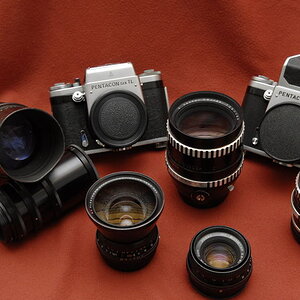
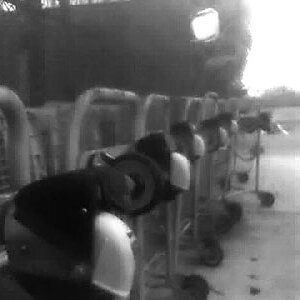
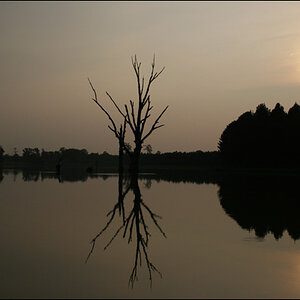



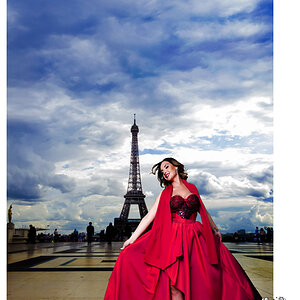
![[No title]](/data/xfmg/thumbnail/31/31036-0a0c3867fff22fb2065056d7aeea64ed.jpg?1619734581)